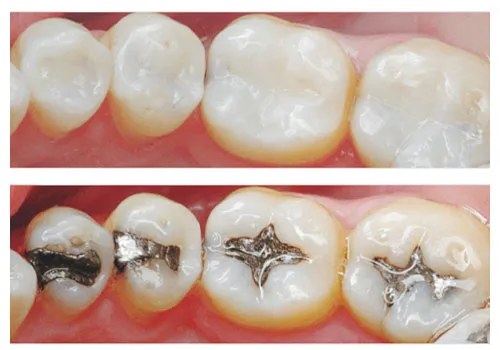The beauty of the patient’s smile gets enhanced while oral and general health get protected through restorative procedures.
A patient’s health impacts the ability to chew food thoroughly and have a healthy biting alignment in ways that go beyond making them smile.
The Biomimetic Approach
The restoration of teeth to mimic their natural biomechanical and aesthetically pleasing structure and function is known as “biomimetic dentistry.” Biomimetic dentistry, to put it simply, is the imitation of life. Only the decayed and damaged portion of the tooth gets removed using biomimetic dentistry, and the final restoration gets glued to the tooth’s healthy natural structure. Stress-reduced composite restorations and porcelain or composite inlays and onlays, which restore the biomechanics of broken and injured teeth, are examples of biomimetic restorations.
The purpose of repairing decayed, fractured, and damaged teeth are to restore the tooth’s strength, function, and appearance. All of this gets achieved via biomimetic dentistry with impressive outcomes.
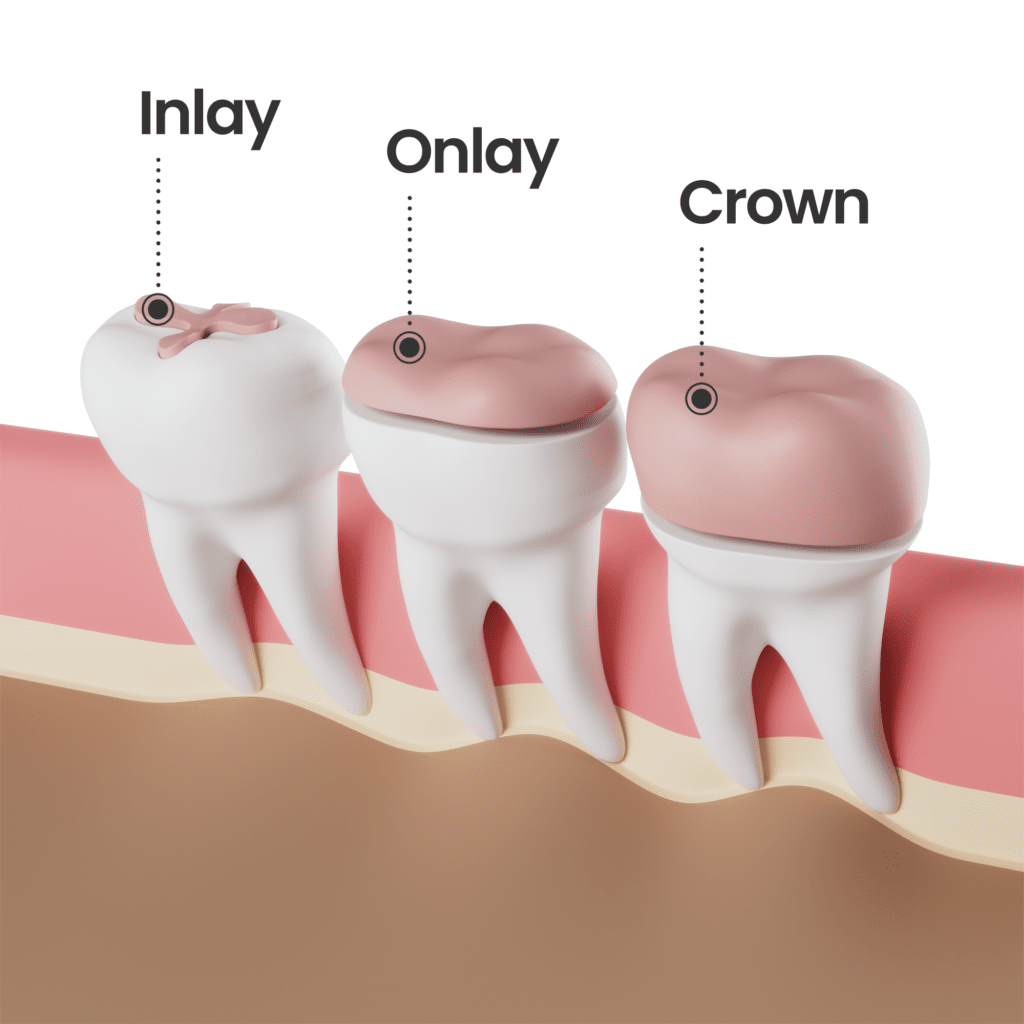
Inlays and Onlays
When there is not enough dental structure to sustain a filling, but enough tooth structure still exists that a full crown is not required, an inlay or onlay is a partial crown restoration. Inlays and onlays are cosmetic and structural restorations for missing tooth structures composed of porcelain or gold.
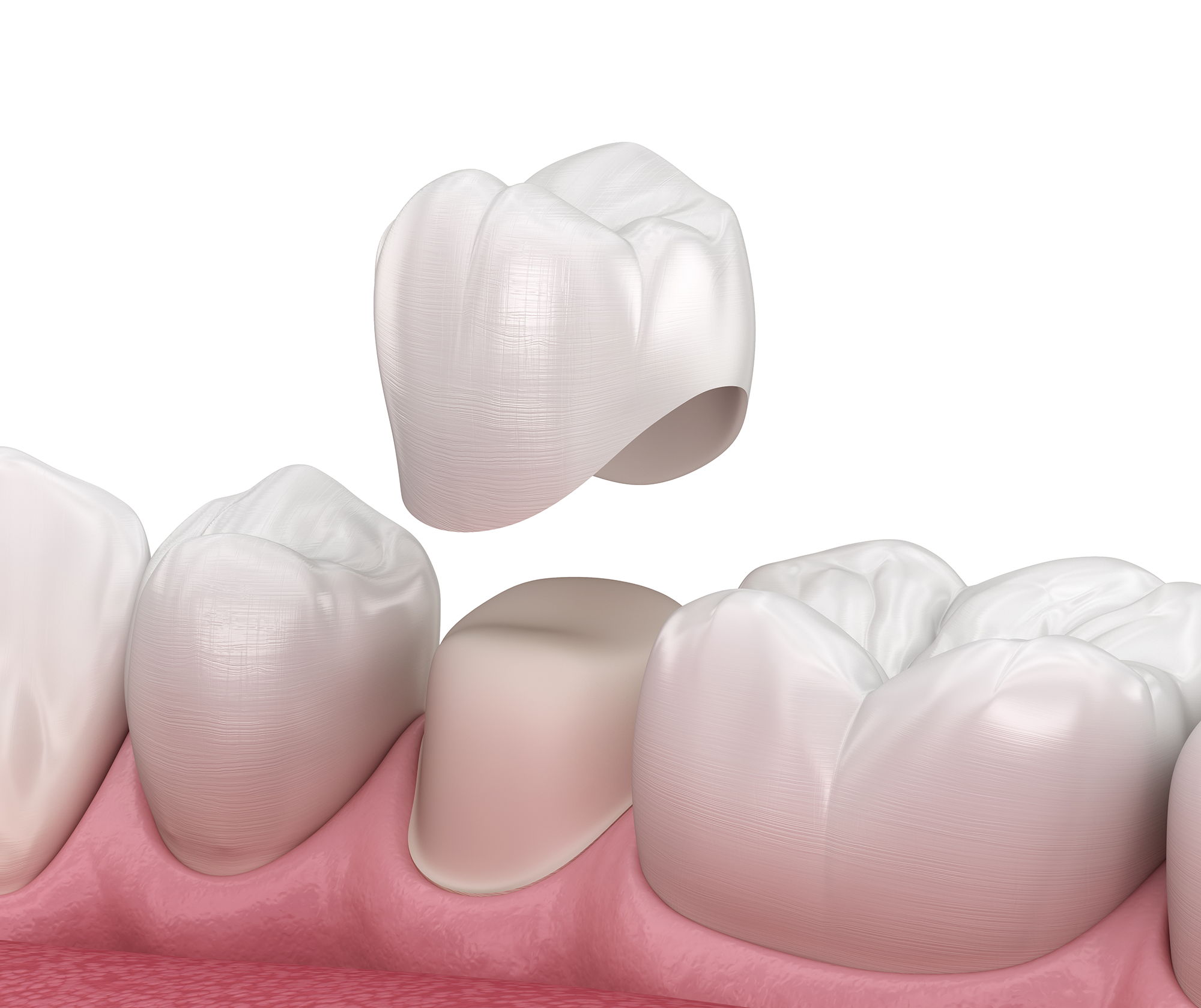
Dental Crowns
A crown is a dental treatment that covers the exposed surface of a tooth that is badly decaying, worn down, fractured, or shattered. The typical completion time for dental crowns is two visits. The tooth gets shaved down, and an impression gets taken at the first visit. While the permanent crown gets made, a temporary crown gets attached. The permanent crown gets fitted and then affixed to the tooth during the second appointment.
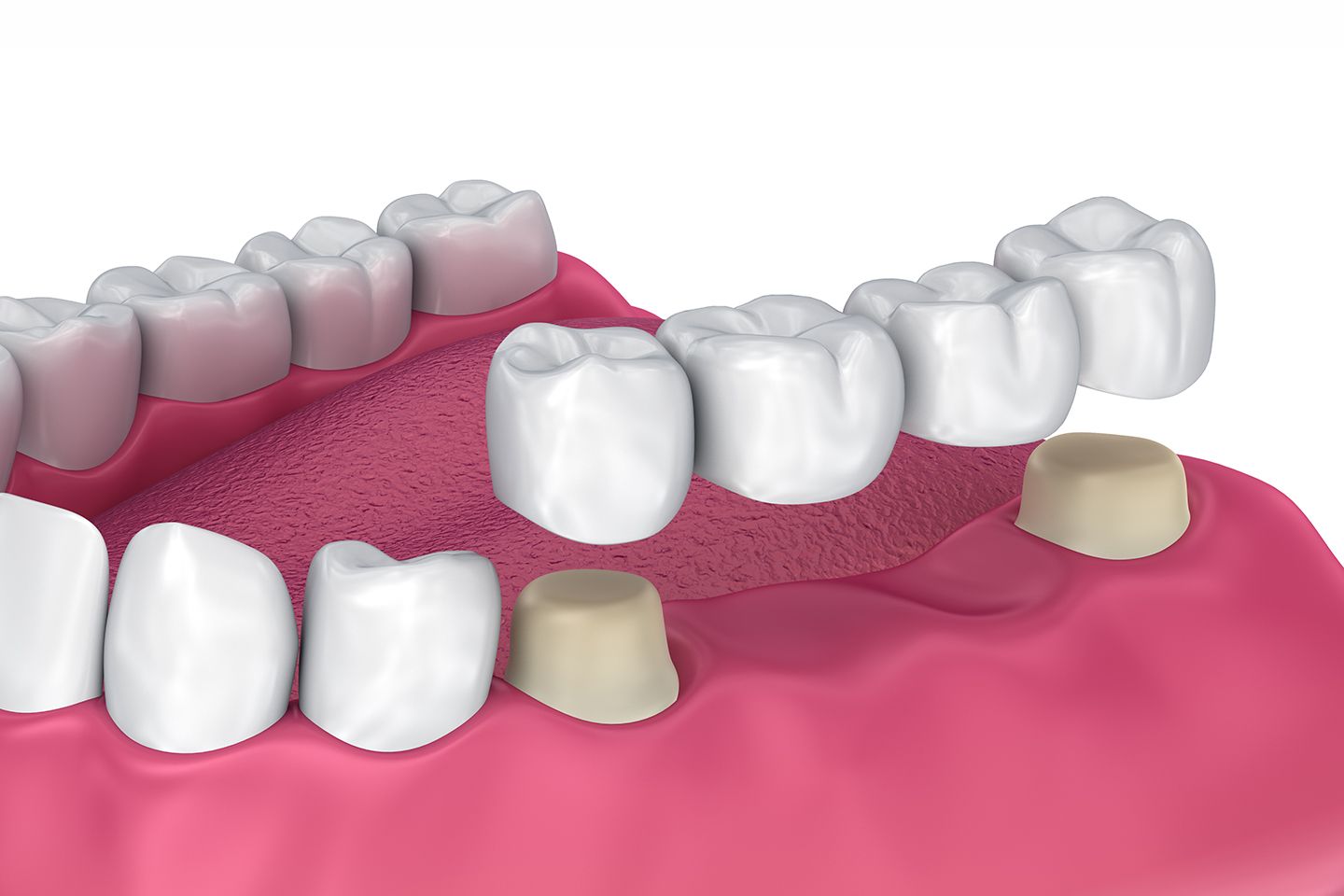
Dental Bridges
A bridge could get secured with an implant if there are several missing teeth. Without a denture or dental implant, a bridge can restore missing teeth. Two crowns and a substitute tooth or teeth make up a bridge. The artificial tooth or teeth get attached between two crowns placed on the teeth on either side of the gap.
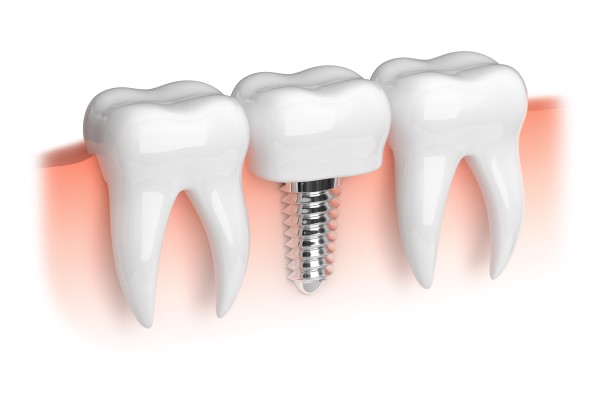
Dental Implant Restorations
Dental implants have three parts. A small titanium screw, an abutment that joins the screw, and the final restoration itself. A firm basis for fixed or removable replacement teeth gets provided by the screw, which gets inserted into the jawbone and replaces the tooth root. Over a few months, the screw starts to merge with the bone. The abutment gets put into the screw after the osseointegration, or fusing, process, to enable the restoration’s long-term connection.
Dentures
Multiple lost teeth within the same arch get replaced by a denture. A denture replaces the missing teeth as opposed to a crown or bridge because it is not dependent on the preexisting tooth structure.
There are several different types of dentures:
• Full or Partial
• Removable or Fixed
• Traditional or Implant-Supported

